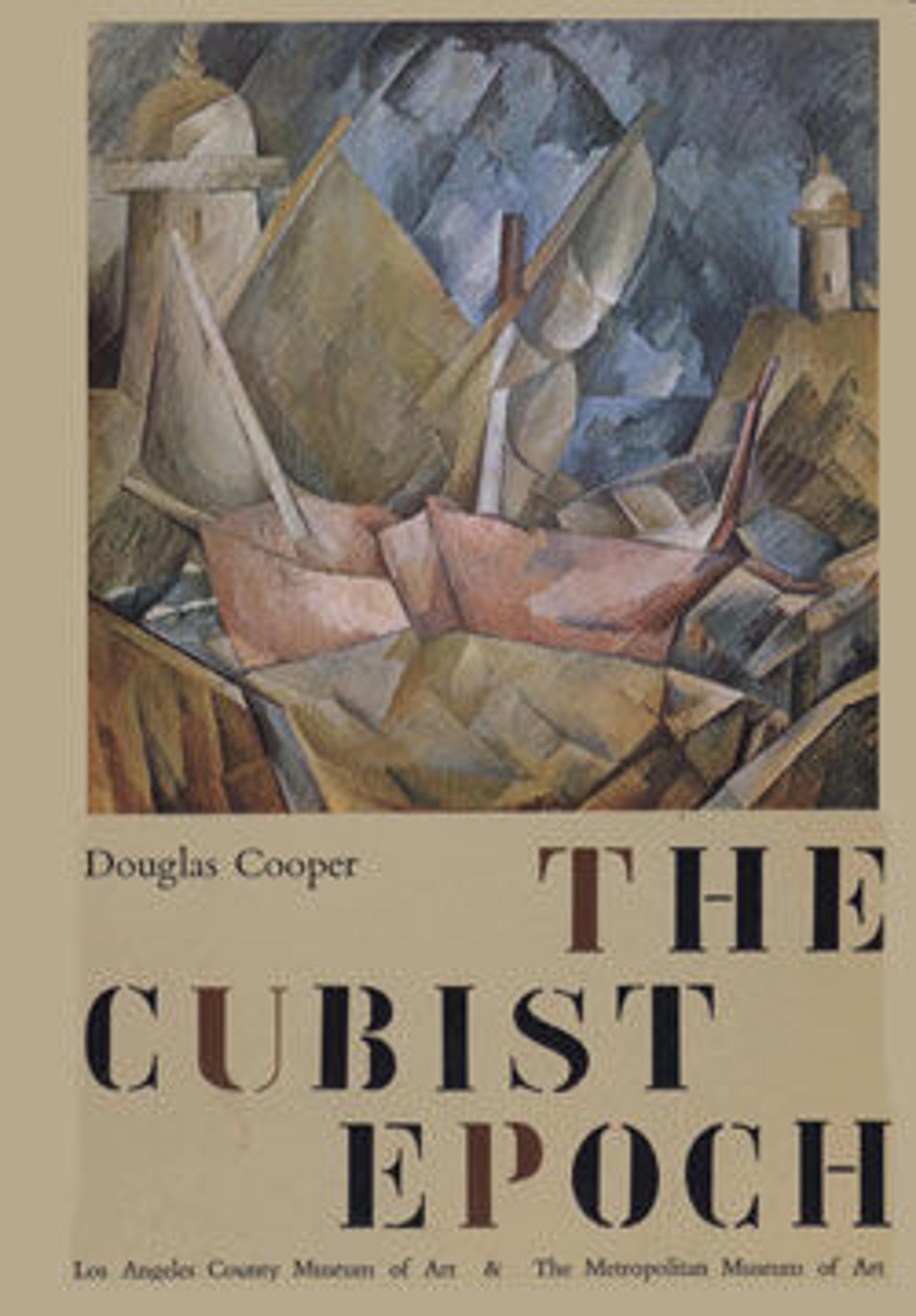The Cubist Epoch
Between 1425 and 1450 artists throughout Europe—Masaccio, Filippo Lippi and Donatello in Italy, Fouquet and the Aix Master in France, the van Eycks in Flanders, Konrad Witz in Switzerland, and Stefan Lochner in Germany—abandoned the medieval way of representing reality, by means of experiential conceptions, and began to rely instead on visual perception, one-point perspective and natural light. In other words, these Renaissance artists opted out of recording that fuller truth about reality which is known to the human mind in favor of recording only what the eye sees of things, incomplete and deceptive though this may often be. And for some four hundred and fifty years European artists followed this same principle until, coming to the end of its pictorial possibilities, Cubism was invented to replace it. Now Cubism involved a return to the earlier conceptual principle, insofar as the artist assumed the right to fill gaps in our seeing, and to make pictures whose reality would be independent of, but no less valid than, our visual impressions of reality, and was thus stylistically the antithesis of Renaissance art. Yet there is a parallel between them, for both styles were initiated by a few artists, spread quickly throughout the western world and became the starting-point of a new and more modern art.
Cubism originated in Paris between 1906 and 1908 and was the creation of Picasso and Braque, a Spaniard and a Frenchman. Within four years, however, the pictorial methods and technical innovations of these two young painters had been seized on by other artists—in France, Germany, Holland, Italy, Czechoslovakia, Russia, American and, to a much lesser degree, in England—who either imitated them or tried to transform them by imaginative efforts into new types of artistic expression. A knowledge of Cubist methods and possibilities spread rapidly, and by this means Cubism played some part in the technical experiments and stylistic adventures which constitute virtually all the avant-garde developments in western art between 1909 and 1914. But there is more to it than that. For the influence of Cubism, though greatly diminished after 1925, certainly continued to affect the pictorial methods of most major artists until about 1940, when in turn it was supplanted by artistic conceptions of a wholly opposite order. As a result, Cubism has proved to be probably the most potent generative force in twentieth-century art and has transformed our western ideas concerning the purpose and possibilities of pictorial representation.
Met Art in Publication
Citation
Cooper, Douglas. 1971. The Cubist Epoch. London: Phaidon in association with the Los Angeles County Museum of Art & the Metropolitan Museum of Art [distributed by Praeger, New York.
